I was writing not long ago about Alexander Grabovetskiy and how he carves wood with a chisel like his great-grandfather did, making true works of art. When there is no pretence of making one-off works, all this work can be done with the help of machines that can make drawings and carvings and reproduce them identically at any time. We are talking about CNCs, that is, numerically controlled machines as we know them, or CNC routers, to use an international term.
The name CNC stands for Computer Numerical Control and refers to the fact that woodworking tools are controlled by numerical commands from a computer. The machines are not specific to the woodworking industry and are also used to cut metal, plastic, polyurethane foam, etc. The idea of sending commands to a machine goes back a long way, the first such devices being a loom in the 1720s that used perforated paper cards to embroider, or the mechanical flute, invented in 1860, which used a roll of paper with holes in it. Technology evolved and in 1955 the first CNC industrial machines were sold. With the advent and development of computers and IT technologies, CNC machines have achieved remarkable performance.
Any CNC uses a computer program to operate a mechanical system. The machining is done very accurately, reproduced identically, the machine does the job better than an operator. In general the computer coordinates the movements of the mechanical system in the 3 Cartesian directions x, y and z, i.e. length, width and height, producing a 3D image. The x-direction is responsible for the back-and-forth movement of the tool doing the machining, y for the left-right movement, and z for the up-and-down movement. In addition to these standard directions, there are machines with 4 or even 5 directions of movement. In addition to the directions of the tool, there is also the rotational movement in one or two planes. The machines are able to do very fine work and can even reproduce sculptures.
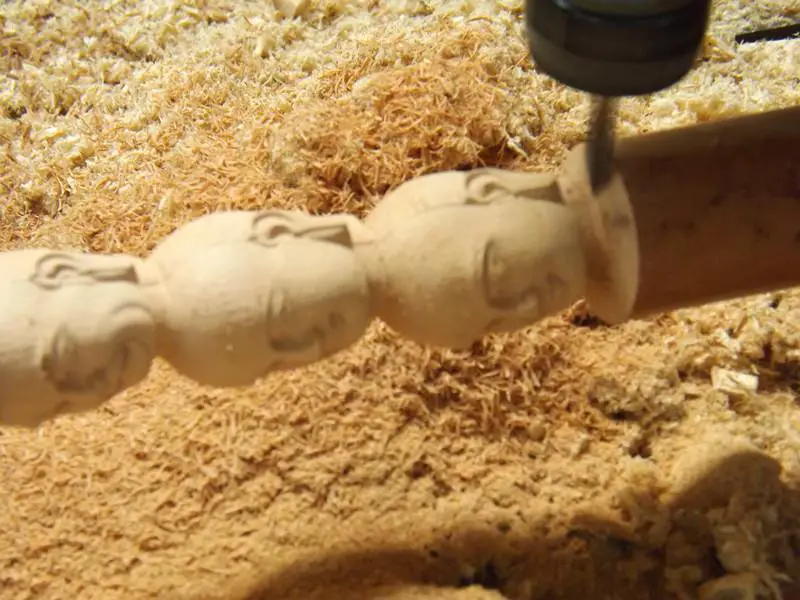
CNC machines are very diverse, with both high-performance, high-productivity and highly efficient models designed for large-scale industry and models that fit perfectly into a workshop. Regardless of size or performance, they all have a few main components:
- The CNC computer and controlleris basically the brain of the machine that transmits the commands needed to perform the movement to the tool. Basically everything starts from a digital drawing which is transformed by a program into codes transmitted to the tool. The computer transforms the commands into digital signals and the CNC controller into pulses that control the mechanical system.
- Router is the assembly containing the tool (cutter, drill, knife, etc.) and the device that rotates it. The rotation speed is adjustable, with those for wood ranging from 8000 to 30,000 rpm. Woodworking machines can also process non-ferrous metals (aluminium). Cooling systems are required for iron objects because the tools heat up as a result of friction. Depending on the model and its performance, the computer can vary the rotation speed according to the material, control automatic tool change or tool sensors.
- The clamping system, which is intended to hold the workpiece in place and secure it for machining. There are various forms or systems for clamping, the most important being clamping or suction (vacuum). Modern systems use a combination of both.
- Linear guidance system is the one that moves the router on the 3 axes of motion. The movement is achieved by the motor which is the link between the electronic and mechanical parts.
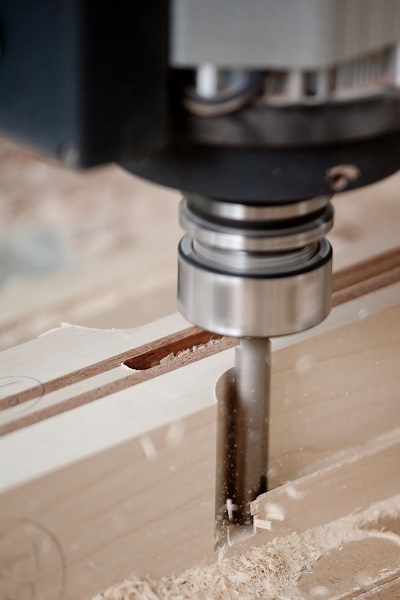
According to size, processing capacity and efficiency, CNC machines can be divided into 4 main categories:
- Industrial - are large and quite expensive machines, designed for long working hours and tough operating conditions. They are equipped to be primarily efficient, with high processing speed, automatic tool change, wood dust suction system, advanced clamping system. They can be equipped for several types of material. In the wood industry they can be used for furniture production, doors or for making special logos, designs or signs.
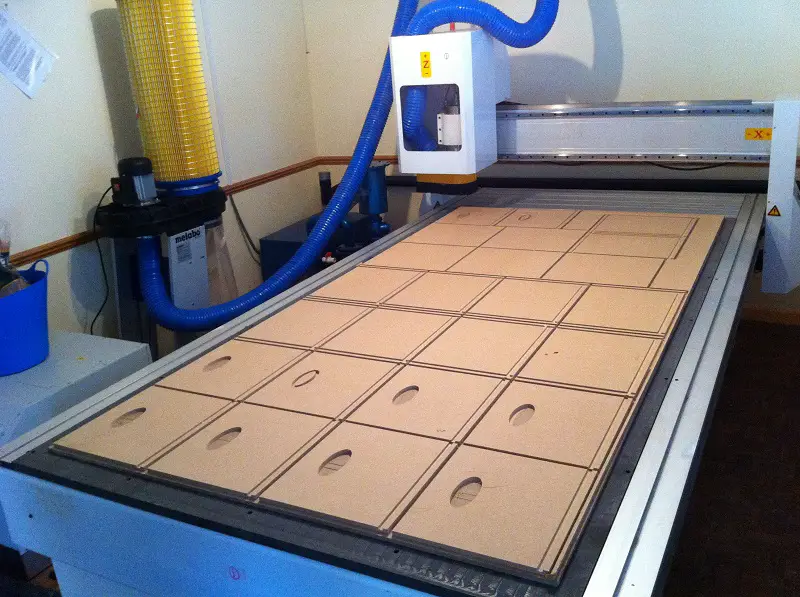
- Middle class (for workshops) - are smaller and lighter. In size they can range from small CNCs that can be placed on a desk to medium-sized 1.5/3 m. They can basically do the same machining as industrial machines, but with fewer features (no suction system, special sensors on tools, etc.). There are also manufacturers who offer CNCs,medium class CNC machining centres with maximum facilities. They are machines suitable for small producers of musical instruments or manufacturers of wooden signs and logos.
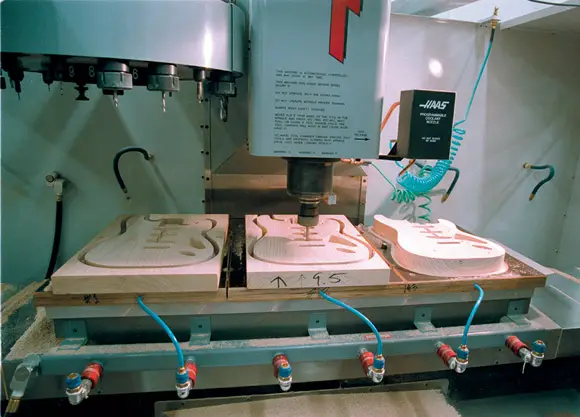
- Multiax - are machines to which, when machining on the 3 Cartesian axes, additional axes are added. There can be 4 - rotary motion in one plane or 5 - rotary motion in 2 planes. They are used to make sculptures, plaques or trophies.
- Hobby - machines made by enthusiasts. They are unique cars that bear the manufacturer's imprint. They are made for the needs of each owner, so they can't be put into categories or groups.
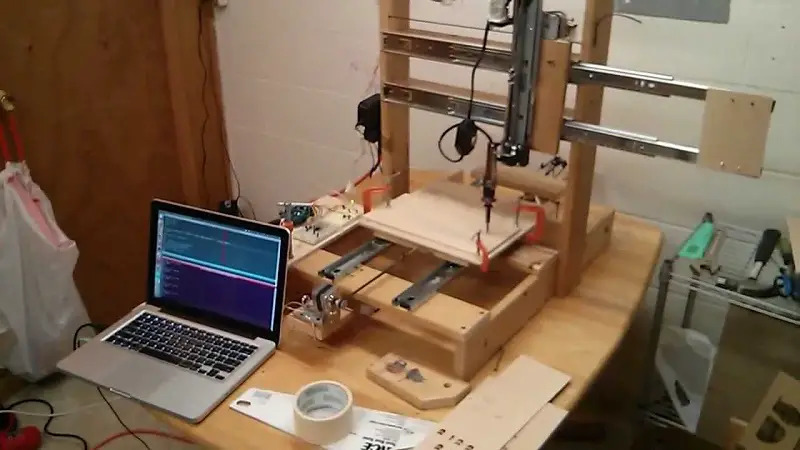
The use of CNCs in production has many advantages: speed of production, flexibility, reproducibility, efficiency, increased quality, reduced labour requirements. The disadvantages are not many, but neither are they negligible: high investment, higher maintenance costs, higher skills of those operating them (programmers), high production costs for small series. You only have to weigh up the advantages and disadvantages to see whether or not it is worth the investment.
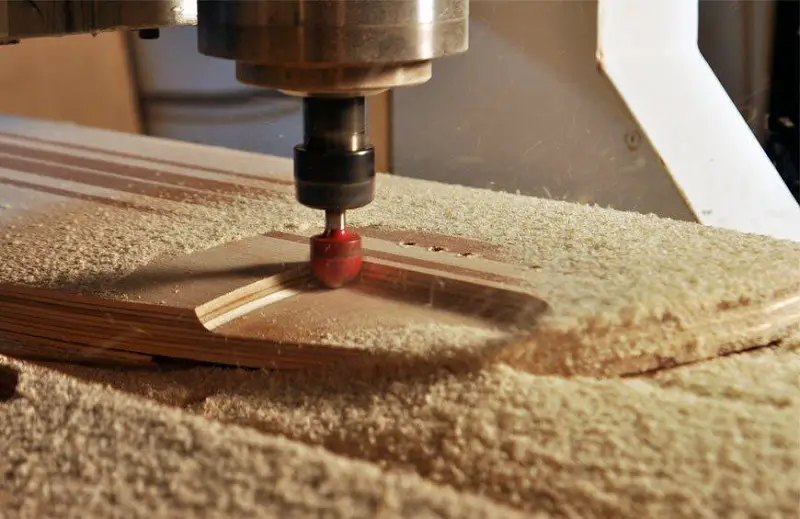
Dust and chips from wood and wood-based panels have always been a problem, but there are Smart tools that can increase dust removal efficiency reducing energy consumption.



















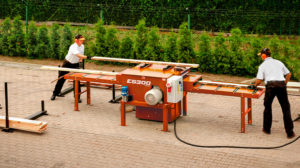

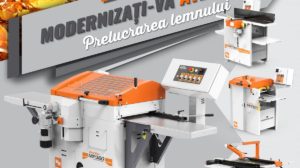
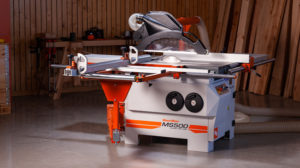
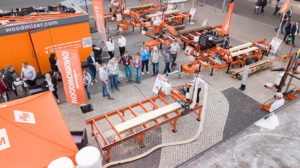
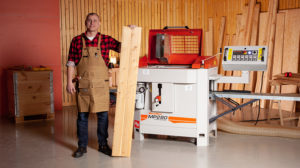
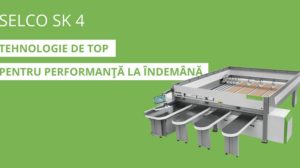

Every time I read your texts, I marvel at the way you put ideas together, how you detail without boring and how you sprinkle historical data. Articles to put in carpentry manuals.
Thank you!
Allow a small "correction" from a CNC user:
"When there's no pretense of doing unique work..." you said, and many people say the same - I think more outsiders. I don't understand why people think there is no such thing as doing unique work! Just because they can then be reproduced in multiple copies? Can't you create something unique on the computer and then only make 1 piece produced?
Or is it not unique because it does not contain the imperfections (hand/brain shaking) of the hand carver?
Give it two more hammers and it's done 🙂
There are CNCs (and 3D printers) that can copy/clone a sculptor's work - will it still be unique?
Or you can plug in a Fuzzy logic system that generates random unique works 🙂
Perhaps not the happiest expression. 🙂 But I was drawing a parallel between an article written some time ago about Alexander Grabovetskiy, an artist of hand carving and CNCs. The point was not to show what a CNC can't but that, unlike a human, a CNC can reproduce a work identically. I also mentioned that sculptures can be reproduced. In any case, an opinion from a CNC user will always be welcome.
All the best!
Interesting article. Can you also tell us some brands/products? So I know where to start 🙂
In a few days there will be an article about a CNC from Felder.